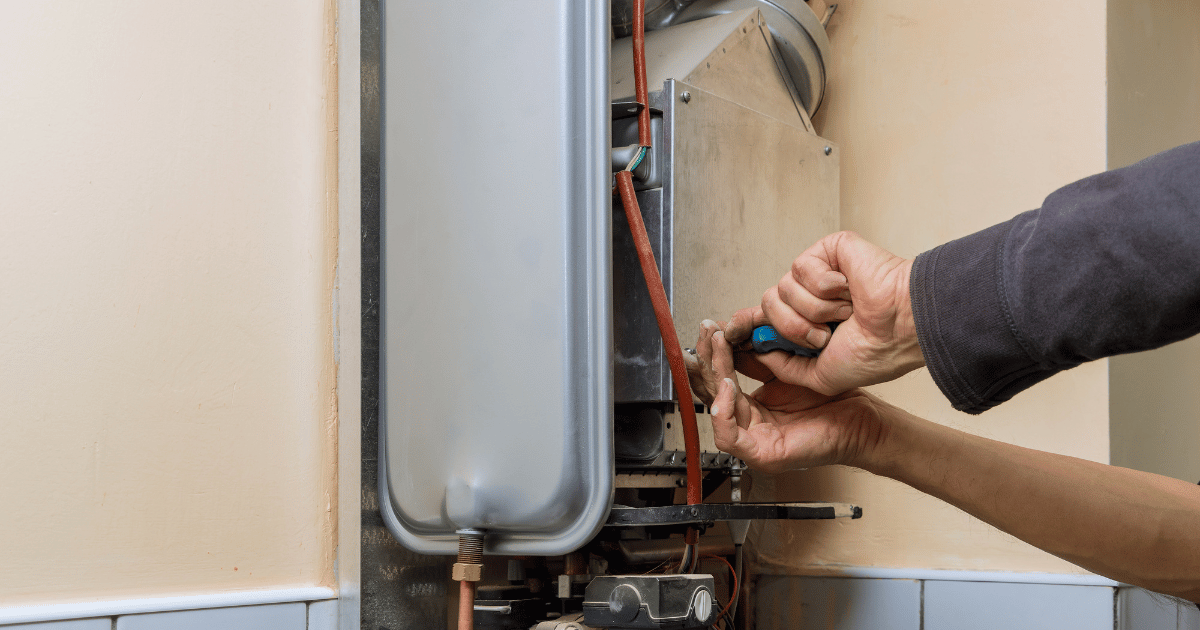Ensuring Longevity of Your Home's Hot Water System: Maintenance TipsEssential Maintenance Strategies for Your Home's Hot Water System
VisitWhat are your insights and beliefs on Tips on Maintaining a Water Heater?

Hot water is essential for day-to-day convenience, whether it's for a rejuvenating shower or washing recipes. To guarantee your hot water system runs efficiently and lasts much longer, routine maintenance is vital. This post offers useful tips and understandings on exactly how to maintain your home's warm water system to prevent disruptions and pricey repair services.
Introduction
Keeping your home's hot water system might appear difficult, however with a couple of basic steps, you can guarantee it operates smoothly for several years to find. This overview covers whatever from recognizing your hot water system to DIY upkeep tips and recognizing when to hire expert help.
Value of Maintaining Your Warm Water System
Regular upkeep not only expands the lifespan of your warm water system but additionally ensures it runs efficiently. Disregarding maintenance can bring about decreased efficiency, higher energy costs, and even early failing of the system.
Signs Your Warm Water System Requirements Upkeep
Understanding when your warm water system needs attention can protect against major concerns. Watch out for signs such as irregular water temperature, weird noises from the heating system, or rusty water.
Purging the Water Heater
Purging your water heater gets rid of sediment build-up, enhancing performance and prolonging its life.
Checking and Changing Anode Rods
Anode rods avoid deterioration inside the tank. Inspecting and replacing them when worn is vital.
Complex Problems Needing Specialist Help
Examples consist of significant leaks, electrical problems, or if your hot water heater is continually underperforming.
Regular Professional Maintenance Advantages
Specialist upkeep can include extensive assessments, tune-ups, and making certain compliance with safety requirements.
Checking and Readjusting Temperature Level Settings
Adjusting the temperature level setups makes certain optimal performance and safety and security.
Do It Yourself Tips for Maintenance
You can do numerous maintenance tasks on your own to maintain your hot water system in top problem.
Looking for Leaks
Frequently evaluate pipes and connections for leaks, as these can result in water damages and greater costs.
Understanding Your Hot Water System
Prior to diving right into upkeep tasks, it's helpful to understand the basic components of your hot water system. Generally, this includes the water heater itself, pipes, anode rods, and temperature controls.
Monthly Maintenance Tasks
Regular monthly checks can aid capture small concerns prior to they rise.
Checking Pressure Alleviation Valves
Checking the stress safety valve ensures it works correctly and prevents excessive stress build-up.
Shielding Pipes
Insulating hot water pipes decreases warm loss and can save energy.
When to Call an Expert
While do it yourself upkeep is helpful, some concerns call for specialist competence.
Final thought
Routine upkeep of your home's hot water system is vital for effectiveness, durability, and expense savings. By following these tips and knowing when to seek professional help, you can ensure a trustworthy supply of hot water without unexpected disturbances.
How to Maintain an Instant Hot Water Heater
Before tinkering with your hot water heater, make sure that it’s not powered on. You also have to turn off the main circuit breaker and shut off the main gas line to prevent accidents. Also turn off the water valves connected to your unit to prevent water from flowing into and out of the appliance. 2. When you’re done, you have to detach the purge valves’ caps. These look like the letter “T” and are situated on either side of the water valves. Doing so will release any pressure that has accumulated inside the valves while at the same time avoid hot water from shooting out and burning your skin. 3. When the purge valves’ caps are removed, you have to connect your hosing lines to the valves. Your unit should have come with three hoses but if it didn’t, you can purchase these things from any hardware or home repair shops. You can also get them from retail stores that sell water heating systems. Read the user’s manual and follow it to complete this task properly. When the hosing lines are connected, open the purge port’s valves. 4. You should never use harsh chemical cleaners or solutions when cleaning your unit. Make use of white vinegar instead. It should be undiluted and you’ll probably use about 2 gallons. 5. Now flush your water heater. This task should probably take about 40 minutes. We can’t give you specific directions for this because the procedure is carried out depending on the type, model and brand of your heater. With that being said, refer to the user’s manual. 6. When you’re done draining the unit, you have to turn off the purge port valves again. Remove the hosing lines that you earlier installed on each of the water valves. Put the valve caps (purge port) back in their respective places and be very careful so as not to damage the rubber discs that are found inside these caps. 7. Now that everything’s back in place, check your user’s manual again to find out how to reactivate your water heating system. 8. Once it is working, turn one of your hot water faucets on just to let air pass through the heater’s water supply pipes. Leave the tap on until water flows smoothly out of it. https://www.orrplumbing.com/blog/2014/september/how-to-maintain-an-instant-hot-water-heater/

I was shown that report on Water Heater Maintenance Tips You Can't Afford to Forget through someone on our other website. If you please set aside a second to promote this page if you appreciated it. Thanks for taking the time to read it.
Contact Us